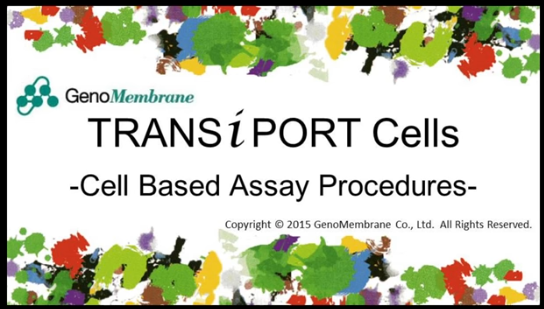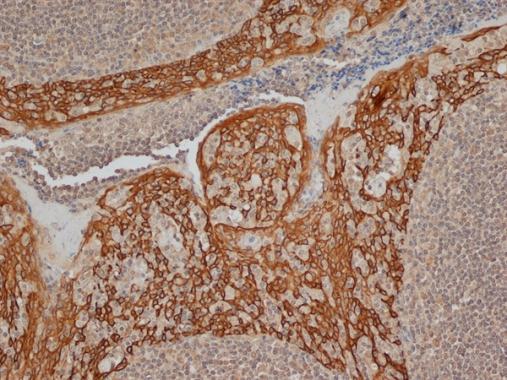Membrane transporters can have clinically relevant effects on the pharmacokinetics and pharmacodynamics of a drug in various organs and tissues by controlling its absorption, distribution and elimination. Together with metabolizing enzymes, they can drive a drug’s pharmacological action, as well as a drug can modulate transporter expression or activity, hence the importance of evaluating transporter-mediated drug-drug interactions recommended by the FDA guidelines. Genomembrane have developed transiently expressing ready-to-use cells to study FDA approved transporters (TransiPort). I had described this product range and their unique features in a previous post. I would like to introduce in this one 2 newly released cells overexpressing OATP1A2 and OATP2B1 transporters.
Although it is not listed in the FDA guidelines, OATP1A2 is expressed on the luminal membrane of small intestinal enterocytes and at the blood-brain barrier, potentially mediating drug transport at these sites. It was shown to mediate cellular uptake of All-trans-retinol in human retinal pigmented epithelial cells (Ting Chan et al. 2014), while Organic Anion Transporting Polypeptide (OATP)2B1 contributes to gastrointestinal toxicity of anticancer drug SN-38 (Fujita et al. 2017).
TransiPort HEK293 cells transiently express these transporters, and are delivered in liquid nitrogen as ready-to-use formats where cells can be thawed, plated and assayed in just 2 days. The mock cell line to be used as control for the OATP2B1 cells is the generic GM1001, while a specific mock cell line has been developed (GM1017) for OATP1A2 to ensure more reliable data.
Examples of data obtained with OATP2B1 cells are shown below:

Feel free to contact me with any questions or for advice on the best tools for your DDI studies, whether it be HEK293 cells, vesicles or hepatocytes. I’ll be happy to help and suggest adapted solutions!



